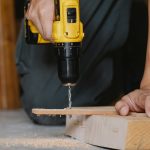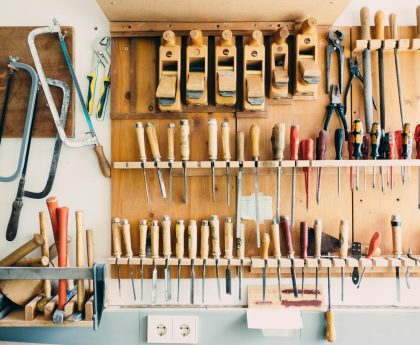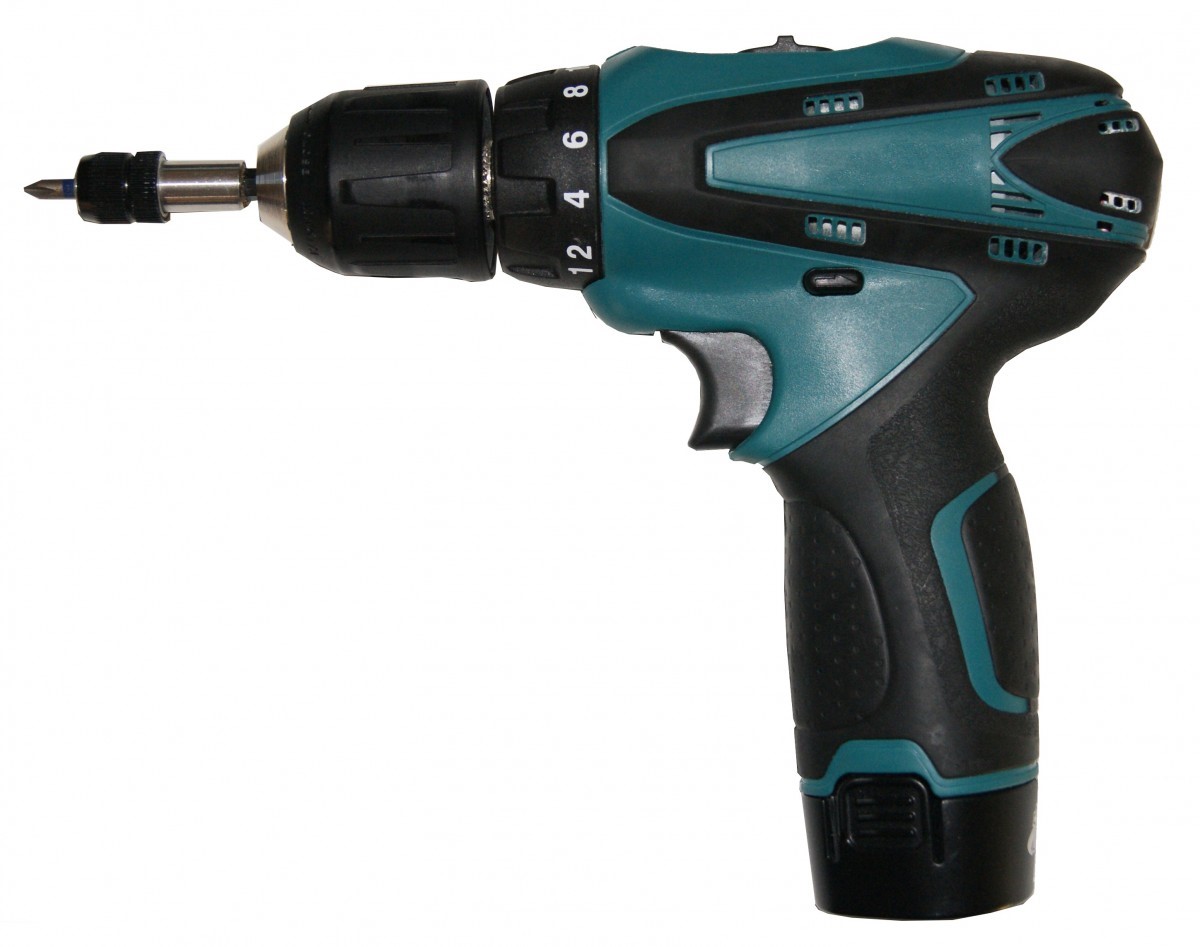Maintaining the functionality and efficiency of your rented tools is crucial for both the tool owner and the next user. Proper cleaning and maintenance not only ensure that tools remain in excellent condition but also extend their lifespan, providing a better experience for everyone involved. In this blog post, we’ll discuss the best practices for cleaning rental tools and highlight common mistakes to avoid. By following these guidelines, you can help maintain the quality of the tools you rent and foster a positive rental experience on platforms like Garage101.
The Do’s of Tool Cleaning
1. Do Read the Manual
Before cleaning any tool, it’s essential to read the manufacturer’s manual. The manual provides specific instructions on how to clean and maintain the tool properly. Following these guidelines helps prevent damage and ensures that the tool is cleaned effectively.
2. Do Use the Right Cleaning Products
Different tools and materials require different cleaning products. Use appropriate cleaning solutions recommended by the manufacturer to avoid damaging the tool. For example, use mild soap and water for plastic parts, and specific metal cleaners for metallic components.
3. Do Disassemble When Necessary
For tools with removable parts, it’s often helpful to disassemble them for a thorough cleaning. Make sure to keep track of all parts and reassemble the tool correctly after cleaning. This ensures that every component is properly cleaned and maintained.
4. Do Inspect for Damage
While cleaning, take the opportunity to inspect the tool for any signs of wear or damage. Check for loose screws, cracks, or worn-out parts. Reporting any issues to the tool owner helps maintain the tool’s condition and ensures safety for future users.
5. Do Dry Thoroughly
After cleaning, make sure the tool is completely dry before storing or returning it. Moisture can lead to rust and corrosion, especially on metal parts. Use a clean, dry cloth to wipe down the tool and leave it in a well-ventilated area to air dry if necessary.
The Don’ts of Tool Cleaning
1. Don’t Use Harsh Chemicals
Avoid using harsh chemicals or abrasive cleaners that can damage the tool’s surface or internal components. Harsh chemicals can strip protective coatings, corrode metal parts, and degrade plastic materials, reducing the tool’s lifespan.
2. Don’t Submerge Electrical Tools in Water
Never submerge electrical tools or their components in water. This can cause serious damage to the tool’s electrical system and pose a safety hazard. Instead, use a damp cloth to wipe down the exterior and use compressed air to clean hard-to-reach areas.
3. Don’t Ignore Moving Parts
Moving parts, such as gears and bearings, require special attention during cleaning. Use appropriate lubricants to ensure these parts move smoothly and efficiently. Ignoring these components can lead to increased wear and tear, reducing the tool’s performance and lifespan.
4. Don’t Rush the Process
Cleaning tools properly takes time. Don’t rush through the cleaning process, as this can lead to missed spots or improper maintenance. Take your time to ensure that every part of the tool is thoroughly cleaned and inspected.
5. Don’t Forget Safety
Always prioritize safety when cleaning tools. Wear appropriate protective gear, such as gloves and safety glasses, to protect yourself from cleaning chemicals and sharp edges. Follow all safety guidelines provided in the tool’s manual.
Best Practices for Specific Tools
Power Tools
- Do: Use compressed air to blow out dust and debris from vents and moving parts. Wipe down the exterior with a damp cloth.
- Don’t: Use water or liquid cleaners on electrical components.
Hand Tools
- Do: Clean with mild soap and water, then dry thoroughly. Apply a light coat of oil to metal parts to prevent rust.
- Don’t: Leave hand tools wet or store them in damp environments.
Garden Tools
- Do: Remove soil and debris with a stiff brush. Clean with water and dry thoroughly. Sharpen blades as needed.
- Don’t: Store garden tools without cleaning them, as soil can cause rust and damage.
Conclusion
Proper cleaning and maintenance of rental tools are essential for ensuring their longevity and efficiency. By following the do’s and avoiding the don’ts of tool cleaning, you can help keep tools in excellent condition and contribute to a positive rental experience for everyone. Whether you’re renting tools from Garage101 or any other platform, these best practices will help you maintain the quality and functionality of your rented tools.
By taking the time to clean and care for your tools properly, you not only extend their lifespan but also build trust and reliability within the rental community. So, the next time you rent a tool, remember these tips and do your part to keep the tools in top shape for the next user.
Ready to start your next project? Explore high-quality tool rentals at Garage101 and enjoy a seamless DIY experience!


